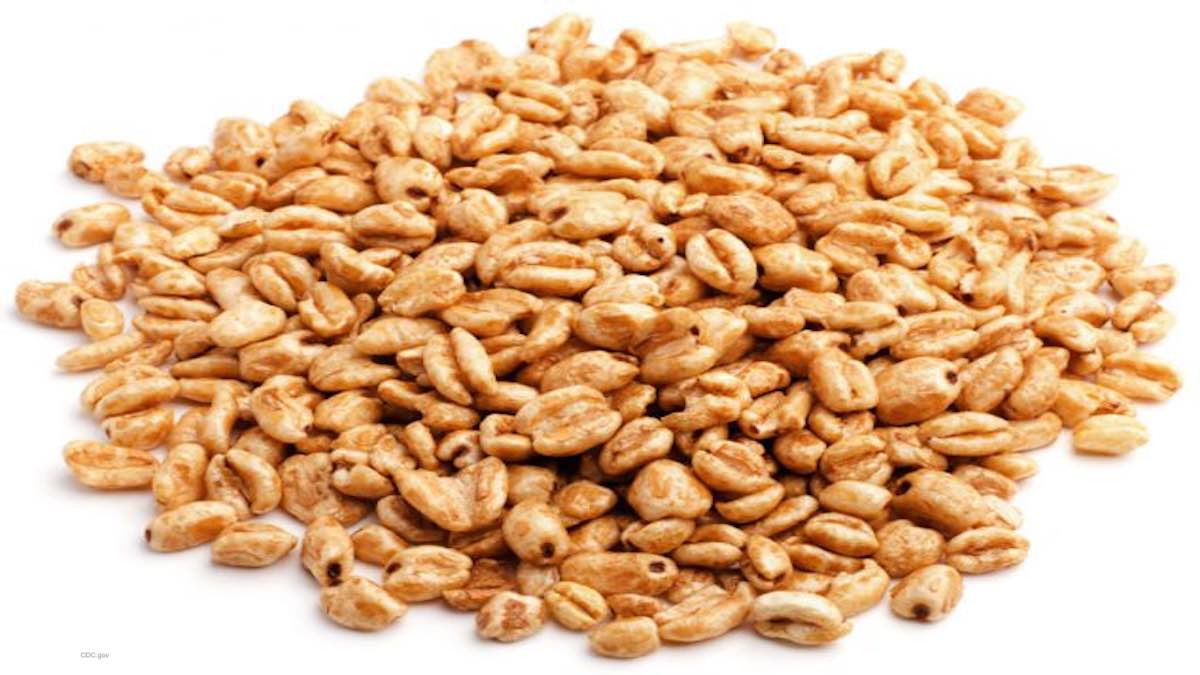Consumers should not eat any Kellogg’s Honey Smacks cereal of any size package or any “best if used by” date, the Centers for Disease Control said on Friday, June 15, 2018. That product is linked to a multistate outbreak of Salmonella Mbandaka that has sickened 73 people in 31 states. Kellogg’s recalled Honey Smacks with two specific UPC numbers on June 14, but the CDC now says not to eat any of that product.

Kellogg’s is investigating this issue with a third-party manufacturer who products the cereal. Honey Smacks was distributed throughout the United States, and was also sold in Costa Rica, Guatemala, Mexico, the Caribbean, Guam, Tahiti and Saipan.
It’s important that if you have this cereal you throw it away, in a sealed package, even if some of it was eaten and no one got sick. Pathogenic bacteria like Salmonella can cluster in tiny areas in the cereal. If one piece of cereal is contaminated, it will contain enough bacteria to make you sick.
The number of hospitalizations in this outbreak – 24 people – which is 44% of those interviewed – is very high. In a typical Salmonella outback, about 22% of those sickened need to be admitted to the hospital. We don’t know why people are so sick. It could be that the bacteria is quite virulent, or the cereal could be contaminated with a lot of bacteria.

Attorney Fred Pritzker said, “Even when you recover from this infection, there is still a risk you will develop a serious complication in the future. Salmonella patients can be sickened with reactive arthritis or endocarditis.” Call 1-888-377-8900.
Attorney and food safety expert Fred Pritzker, who has represented hundreds of clients sickened by Salmonella-contaminated food, said, “The multiplier for Salmonella outbreaks, which epidemiologists use to calculate outbreak size since this illness is so underreported, is 29. That means that there could be thousands of patients sickened in this one outbreak.”
This outbreak began on March 3, 2018. The last person in the current case count got sick on May 28, 2018. This outbreak is likely to grow, because the cereal wasn’t recalled until more than two weeks after the last illness was reported. It takes a few weeks from when a person gets sick until they go to a doctor, are diagnosed, and the illness is reported to public health officials.
The symptoms of a Salmonella infection include a fever, stomach and abdominal cramping, diarrhea that may be bloody, nausea, vomiting, and muscle aches. Symptoms usually begin 12 to 72 hours after a person eats food or drinks a beverage that is contaminated.




